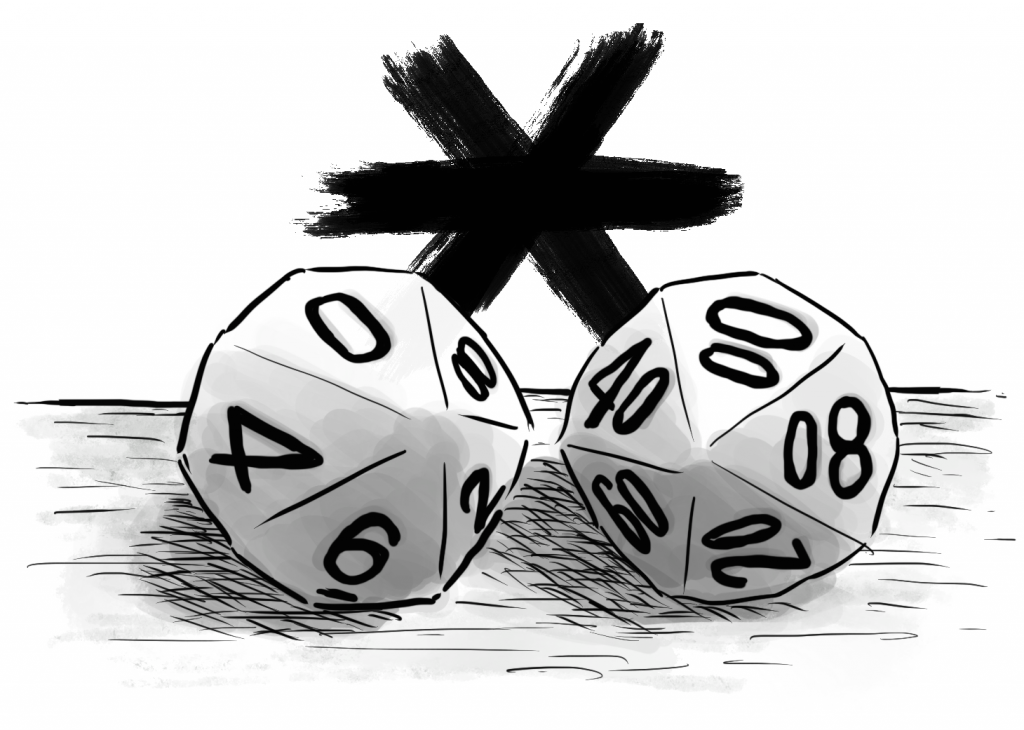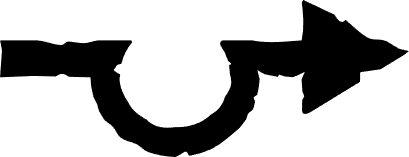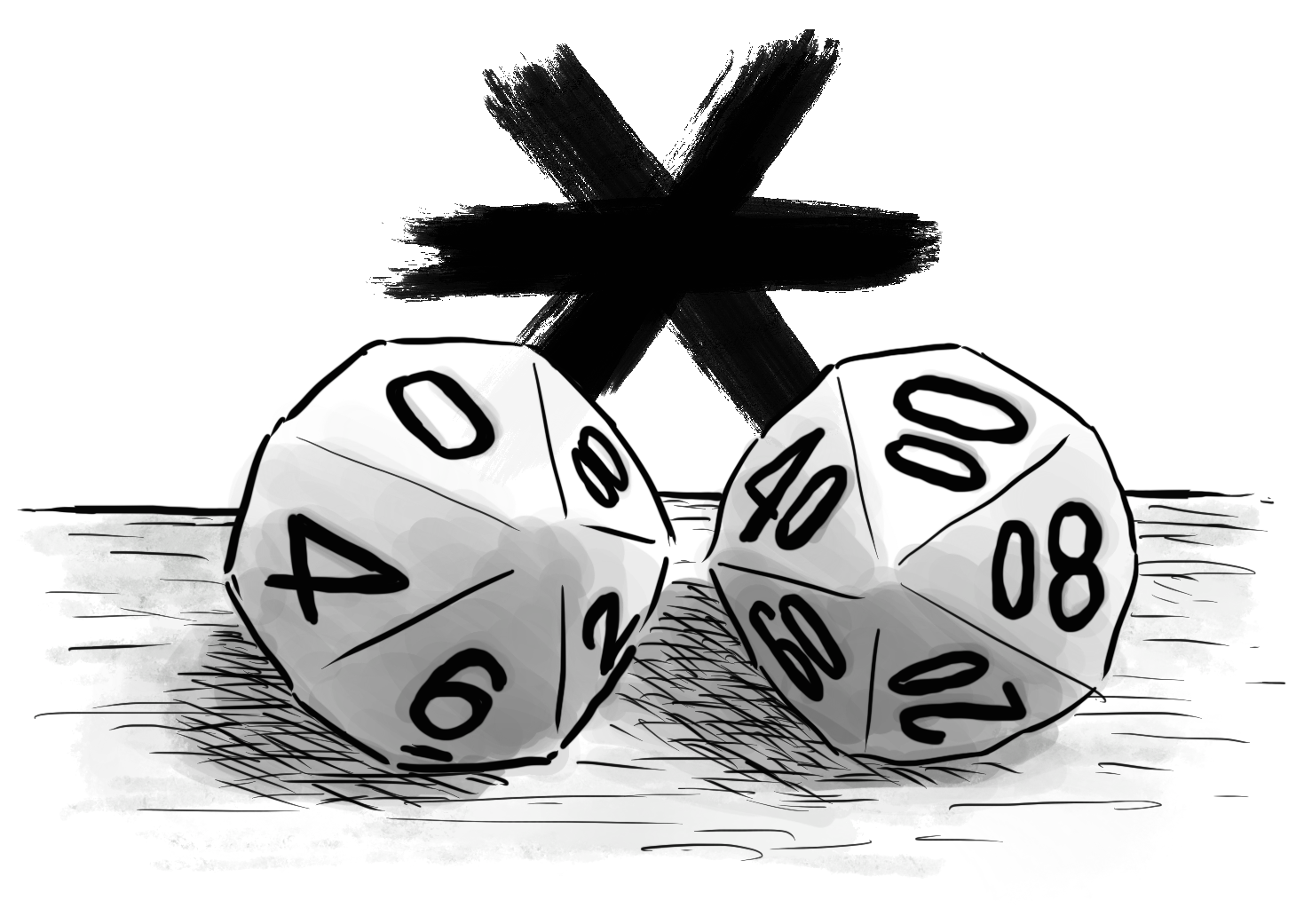
Runic Rants is an irregular series of thoughts, opinions, and experiments about RuneQuest.
Today I was nerd-sniped by a question on the BRP forums about the Glowline’s change from making it so that the Red Moon’s effect is always “full” (in RuneQuest 3) to always “half-full” (in HeroQuest and RuneQuest Glorantha)…
What’s the Glowline?
First, a bit of context: the Glowline is the geographical region under which the Red Moon’s light affects Lunar magic positively, and where Lunar citizens can always bask in the visible glory of the Red Goddess.
The Lunar Empire and most of its provinces are under its influence, and construction of additional Temples of the Reaching Moon extend this influence… when they’re not eaten by a big Brown Dragon rising from under them, that is (which is the inciting incident that kickstarts the 1625 timeline of the new RuneQuest Glorantha product line).
The Glowline Through the Editions
So I did a little archaeological digging about Lunar magic, Lunar cyclical effects, and the Glowline.
White Bear & Red Moon (1975) had the Glowline provide “Full Strength” to “cyclical Magicians”, and the Crimson Bat already had its own “wandering glowspot”. During the 80s, both RuneQuest 2 and 3 kept the full-strength of the Glowline with mentions in Cults of Terror (1981), Griffin Mountain (1981), and Gods of Glorantha (1985) among a couple others.
But although HeroQuest’s Sartar Companion (2010) also mentions a full-strength Glowline, I think it’s because it re-used the text from Cults of Terror for the Crimson Bat without a proper edit. As far as I can tell, the HeroWars and HeroQuest rulebooks (2000 and 2003) are the ones that introduced the concept of a Glowline that gives “neither bonus nor a penalty” to Lunar powers. According to the charts in these rulebooks, it corresponds to the half-moon phases. Pavis: Gateway to Adventure (2012) reiterates this statement of a half-moon moon inside the Glowline, which is then cemented in the Guide to Glorantha (2014).
The HeroWars and HeroQuest sourcebooks established another aspect of the Glowline, too:
Lunar worshippers who have learned the secret of their religion have an even greater connection to Sedenya. While within the Glowline, their Lunar magic is always boosted as if under a Full Moon. This
is a tremendous aid to the Empire when it defends itself from outsiders, and is one of the reasons for the great sense of security felt by Imperial citizens.
This creates a two-tier benefit for the Glowline: it acts as half-moon for Lunar cult initiates, but as full-moon for those who have “learned the secret of their religion”.
Our own Joerg posits that this “secret” might be a form of Illumination. I think it’s probably more about initiated into the Red Goddess’ cult, but being Illuminated is a prerequisite for it anyway, at least according to RuneQuest 3’s Gods of Glorantha. I guess we’ll know more when the Cults of Glorantha boxed set is released.
The “New” Glowline
Now if we put ourselves in the shoes of a designer who wanted to define Lunar magic for, say, an upcoming new version of RuneQuest firmly placed in Glorantha, we end up with a bit of a conundrum. We have a mix of texts saying that the Glowline gives “full strength” to Lunar magic, or that it acts as “full moon”, or that it gives “neither bonus nor a penalty”, or that it acts as “half moon”. Additionally, there are two existing RuneQuest rules on Lunar magic: one from Cults of Prax (1979) which has no lunar phase giving “neither bonus nor a penalty” (there’s either a limit on the size of Rune spells, or a boost on spell duration), and one from Gods of Glorantha (1985) which establishes half-moons as having no limits nor bonuses.
Given that Rune magic is a lot more powerful and freely available in HeroQuest, it makes sense to me that it introduced a two-tier approach to the Glowline, as mentioned earlier. It’s backwards compatible with White Bear & Red Moon, too, since that game was only concerned with elite Lunar sorcerer troops anyway. As Joerg says:
It can be safely assumed that all the units with cyclical phase in combat or magic would be ones initiated into the secrets of their respective Lunar denominations, hence the regiments receive full bonus.
One can even argue that it’s what RuneQuest 3’s Gods of Glorantha meant, since the text only mentions spells cast by “Lunar priests”, which would map to Rune Levels in RuneQuest Glorantha. As for Cults of Prax or Griffin Mountain, these were vastly unconcerned with the Glowline, being set in regions located outside of it, so… <shrug>?
With RuneQuest Glorantha also having freely available Rune Magic (not quite as much as HeroQuest, but much more than previous RuneQuest editions), and given Chaosium’s general stance that the Guide to Glorantha is the “ground truth”, I think it’s good that the latest edition went with what we have now for Lunar magic. That is: a Glowline that isn’t completely overpowered by default (it merely levels the playing field between Lunar Rune Magic and everybody else’s), but with some extra power for high-ranking Lunars.
Jeff gave his two cents on the topic:
Now [the Glowline] was [created] because Sheng Seleris quickly figured out that all he needed to do to beat Lunar armies was delay battle until the Dying/Black Moon phase and then use his superior mobility to force battle. Normally Lunar magic is only effective three days a week – Full Moon, Empty and Full Half Moons. Four days a week, Lunar magic is underpowered and two days a week it is effectively useless. The Glowline resolves a giant weakness in the Lunar magical system – which is powerful enough. It means that all of the time, all Lunar spells are available and freely stackable.

Funnily enough, the Glorantha Bestiary for RuneQuest Glorantha retained the old text from Cults of Terror: the entry for the Crimson Bat mentions that the Glowline makes the Red Moon always full… this text has travelled pretty far and wide! Like the Crimson Bat!
If you have any comment about this Runic Rant, or some ideas for a future installment, please send them to us!


